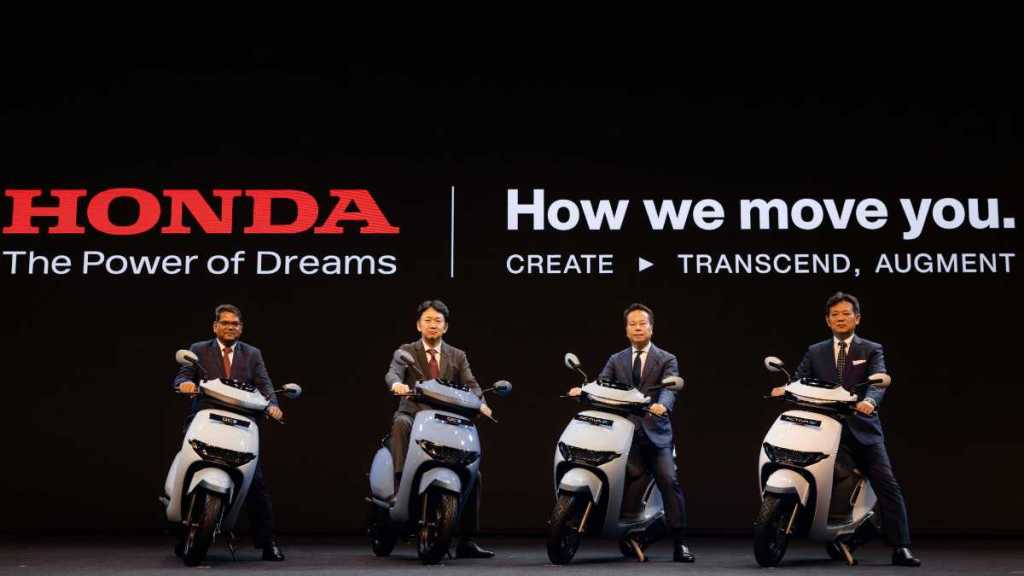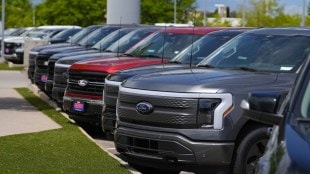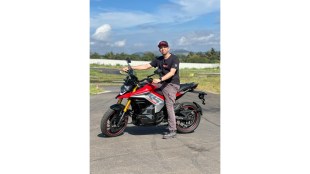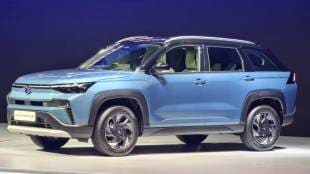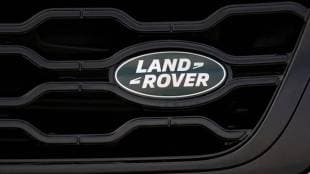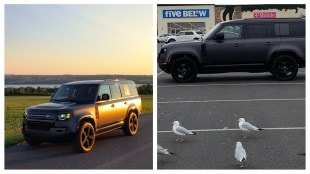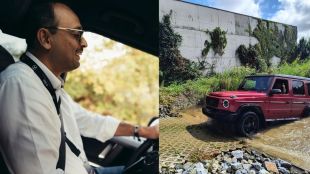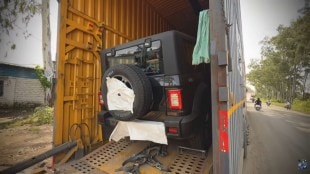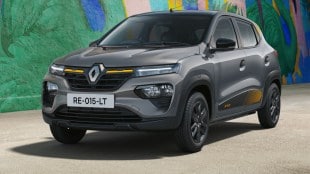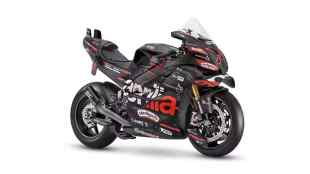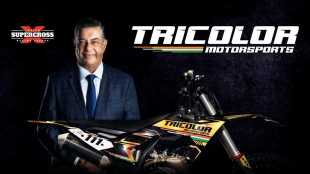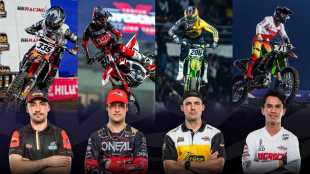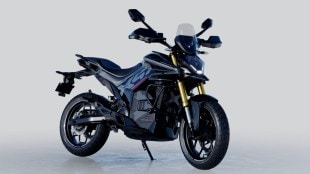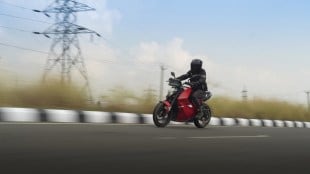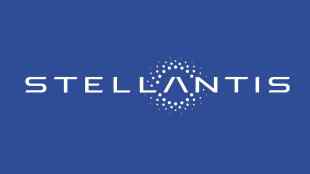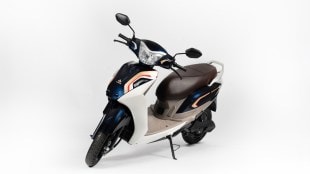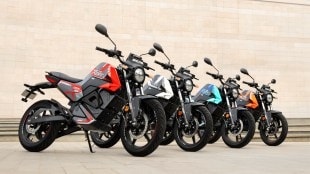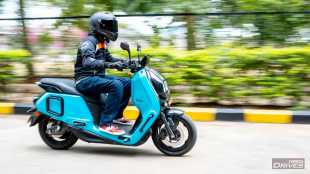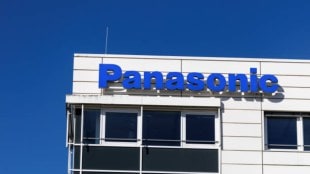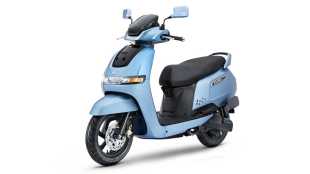Honda has finally ventured into the electric scooter market in India with two products — the Activa e and the QC1. The former gets swappable batteries — a technology Honda is betting big on, while the latter gets a single, fixed battery pack. While all this sounds interesting and within the norms of products in the industry such as the TVS iQube, Bajaj Chetak, Ather Rizta, and Ola S1, there is a catch — the Activa e loses its biggest USP, practicality.
A deviation from the norm
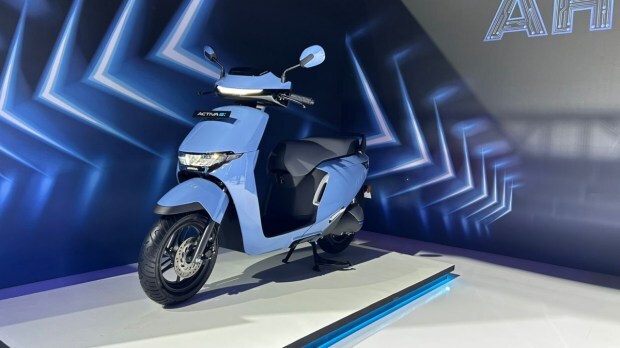
The first question is why Activa when Honda has several electric vehicles in its global portfolio. The answer to that is simple — It’s Honda’s flagship model, and it has been the best-seller for the company since its launch in 2001. Since Honda is dominant in the scooter category with the Aciva, electrifying the product was the right way to go.
However, with electrification comes a drawback, as the famed family scooter loses a crucial feature — bootspace. Under the seat lie two batteries, leaving no room for anything. According to Honda, the Active e user is more of a car user, who will use the e-scooter more for short commutes without the need for too much space, unlike the regular Activa user.
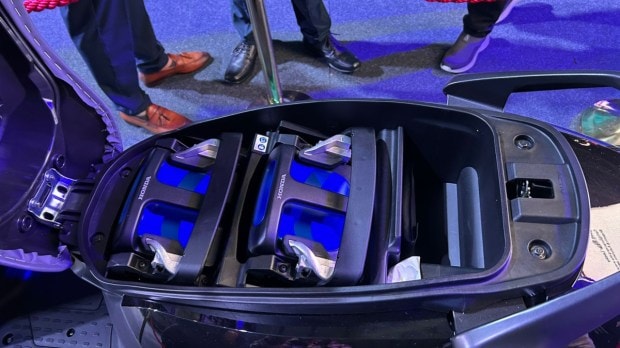
Honda’s bigger goal — Carbon neutrality and swapping stations
Honda’s main aim is carbon neutrality, and to achieve this, the Japanese two-wheeler maker is looking at all possible options and electric vehicles are one of them. The Activa e solves two crucial customer problems — addresses charging set-up problems at home and quick recharges via swapping networks.
Honda’s aim is to focus the Activa sales in three cities: Bengaluru, Delhi, and Mumbai. In these three cities, Honda wants to establish a strong swapping infrastructure. Honda is even open to collaboration with other OEMs for its swapping stations. Honda currently has 84 swapping stations in Bengaluru alone and wants to expand to 500 such stations in three cities by 2026.
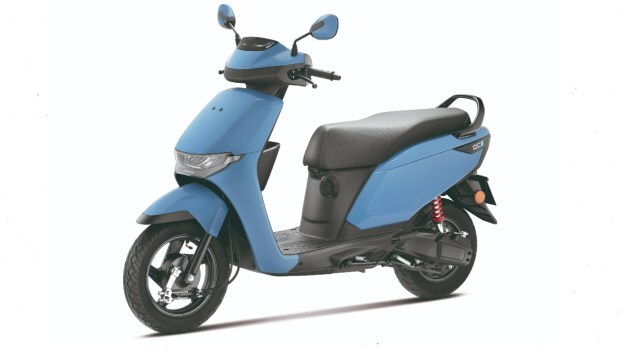
The QC1, on the other hand, will be a product for pan-India. The QC1 is aimed more at the youth with price-conscious features like an LCD instrument console, a smaller 1.5kWh battery pack and traditional charging methods with a range of 80km.
Honda’s flex-fuel plans
Honda is betting big on ethanol as well, with Brazil being the largest market. However, Honda has plans for India as well, given the vast sugar cane production in the country. Honda’s first product is already on sale in India – the CB 300F – which can run on an 85 percent ethanol mix. This raises another question as to why Honda chose a more premium product instead of a mass seller.
To this, Honda says that a top-down approach is better than a bottom-up approach. This technology will trickle down soon, and with the government tightening deadlines for E20 from 2030 to 2025. Honda is showcasing that the technology is ready when the need arises.
